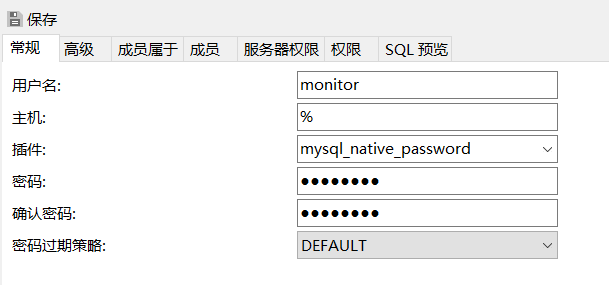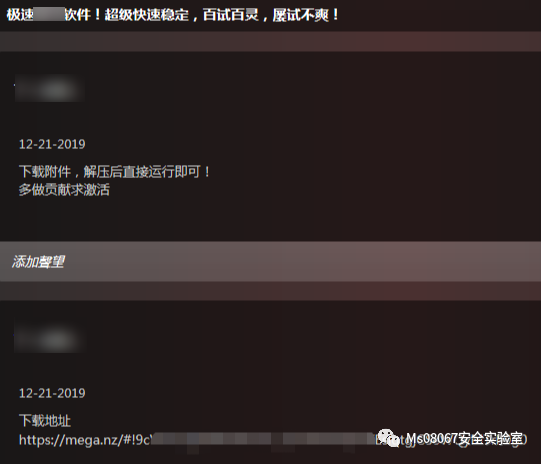I know you can close issues by putting closes #1 or fixes #1 in the commit message. What is the best way to close multiple issues in the same commit message?
Also, it appears that using fixes rather than closes doesn't create a link from the commit message to the issue, but it does close the issue. What's up with that?
Closes #1, closes #2, closes #3; rest of commit message.
The closes clauses can be anywhere in the message and fixes is a valid synonym:
This fixes a memory leak in foo() that closes #4,
also fixes #5 which is a duplicate.
The following used to work, but nowadays only references issues #2 and #3.
Closes #1, #2, #3
The answer and a comment to that answer mention the following format:
Closes #1, closes #2, closes #3; Actual commit message
If I had a project worth participating in and someone sent a pull request with such commit messages, I would refuse the pull no matter how beautiful the code was.
It is possible this is just a matter of my personal preference and will end up beaten to the very ground by people used to compact commit messages that clutter up Git history summaries, but I would much rather see commit messages with the format:
Summary of the change made.
Fixed following bugs:
* Modified error loader, fixes #1
* Returned a nonstale pointer, fixes #2
* Applied new graphics to gui elements, closes #3
He asked for the best way to close multiple issues.
Also note that if you push the commit with the message to any other branch than the current default branch of your repository, the issues will only be referenced. Pushing the commit to the main branch will close the issues. See: Link to GitHub issue number not working?
Note that, since January 2013, "Closing Issues via Commit Messages" has changed:
Now when you enter "Fixes #33" in a commit message, issue 33 will only be closed once the commit is merged into your default branch (usually master).
This is super useful because it means the issue's open / closed status will map to your default branch.
If the bug isn't fixed in your default branch, the issue will remain open.
Once the commit with the fix is merged into your default branch the issue will be automatically closed.
You can use any of these keywords to close an issue via commit message:
close, closes, closed, fixes, fixed
As illustrated by the question "Closing a GitHub Issue while on a different branch", this causes some confusion at first.





